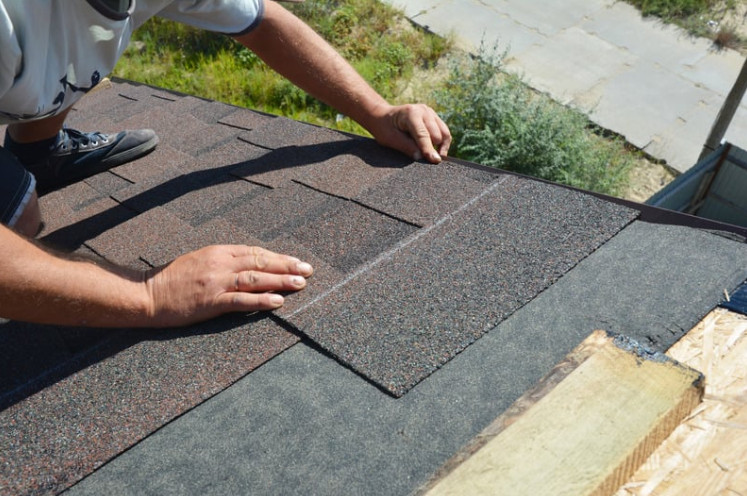New Grant Program Strengthens Home Protection
The Louisiana Fortify Homes Program will launch innovative roof protection grants in 2023. Furthermore, this program aims to help homeowners upgrade their existing roofs against storm damage. Act 30 now enables substantial insurance rate reductions for storm-resistant buildings.
Insurance Benefits of Fortified Roof Systems
Ron Camarota emphasizes the program’s financial advantages for Louisiana homeowners seeking stronger storm protection. “We put wording into the law that allowed insurance companies to apply for a deduction,” Camarota explains. Additionally, homeowners can expect property value increases between 7-9% after fortification.
Cost-Effective Home Protection Strategy
Most fortified roof installations cost between $600 and $2,500, making them accessible to many homeowners. Meanwhile, FORTIFIED director Fred Malik stresses the program’s affordability during challenging economic times.
Legislative Support and Implementation
Governor John Bel Edwards signed Act 554 to establish the Louisiana Fortify Homes Program. Consequently, the program now offers grants for homestead properties meeting fortified home standards.
Three-Step Fortification Process
Step 1: Nail it Down
Contractors install stronger, longer nails with precise spacing requirements.
Step 2: Seal it Up
Teams cover all roof seams with specialized tape and cement.
Step 3: Lock it Down
Workers install water-resistant materials and proper flashing along roof edges.
Training and Certification Requirements
FORTIFIED Wise University provides free training resources for contractors and evaluators. As a result, contractors complete certification in three hours, while evaluators need ten hours.
Insurance Savings and Benefits
Homeowners can receive up to 50% discounts on wind coverage with a fortified roof. Moreover, these discounts remain valid for five years with recertification options.
Program Implementation Timeline
The program officially starts on January 1, 2023, under the LDI’s Office supervision. Therefore, homeowners must first schedule inspections with IBHS-certified evaluators.
Regional Success and Growth
The program already shows promise in Alabama and Mississippi’s similar initiatives. Subsequently, Louisiana organizations report excellent results using FORTIFIED standards.
Future Outlook and Requirements
Insurance companies currently process applications to offer fortification discounts. In addition, homeowners must meet precise standards for discount qualification.
Expert Recommendations
Malik urges Louisiana residents to consider fortified roofs for long-term protection. Finally, the program aims to break the cycle of storm destruction through preventive measures.
See Also:
- Average Cost of New Roof in Baton Rouge: Shingles vs. Metal vs. Flat Roofing
- Installing a Whole House Exhaust Fan for Flat Roof in New Orleans
- How to Choose the Right Contractor for Flat Roof Repair in Shreveport
- Corrugated Metal Roof vs. Asphalt Shingles: Which Is Right for You?
- Common Commercial Roof Repair Mistakes to Avoid in New Orleans



